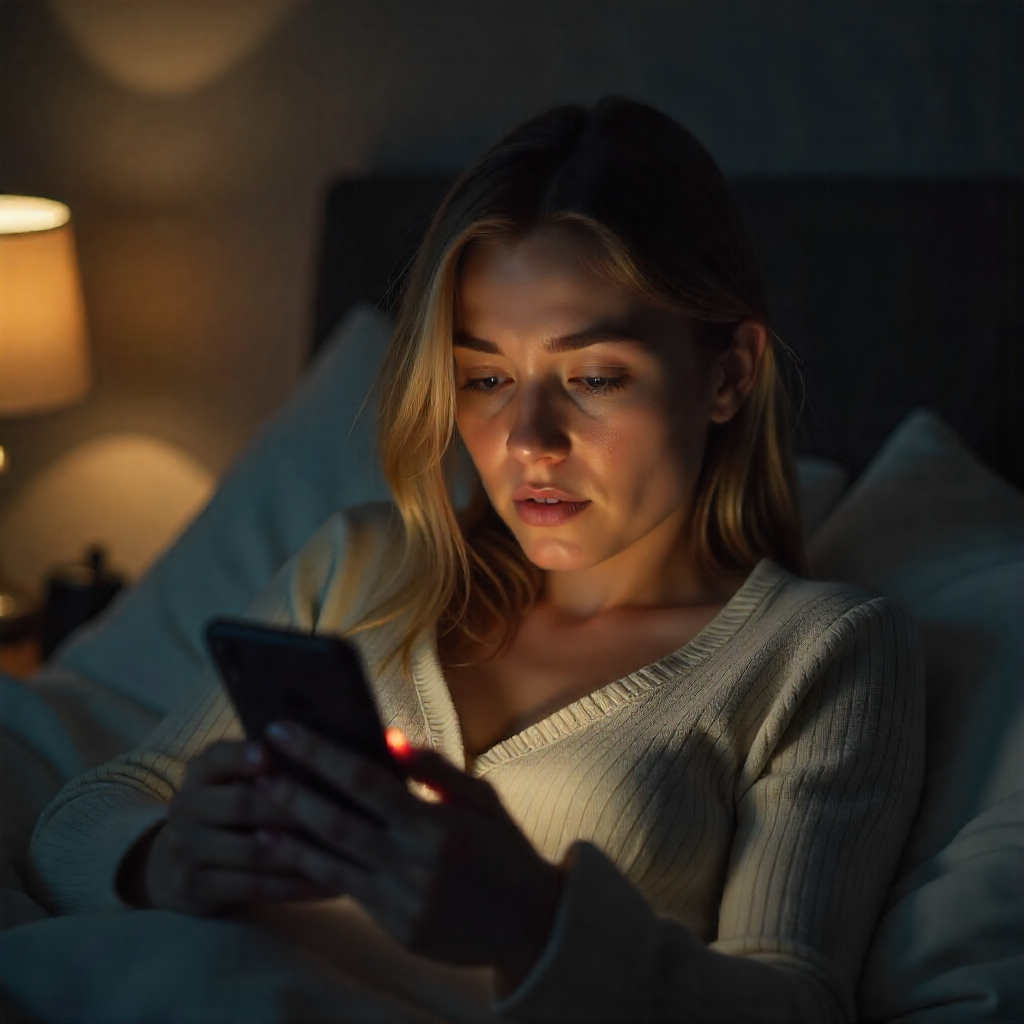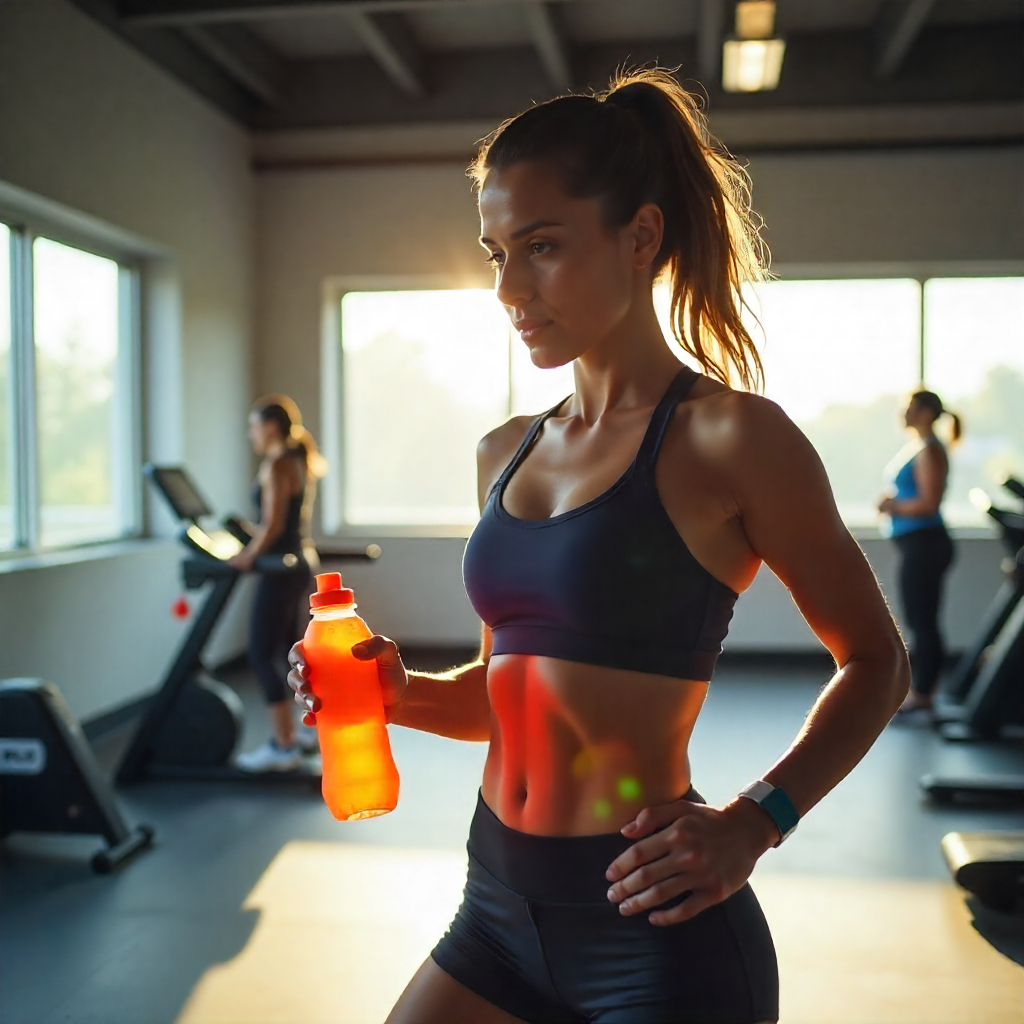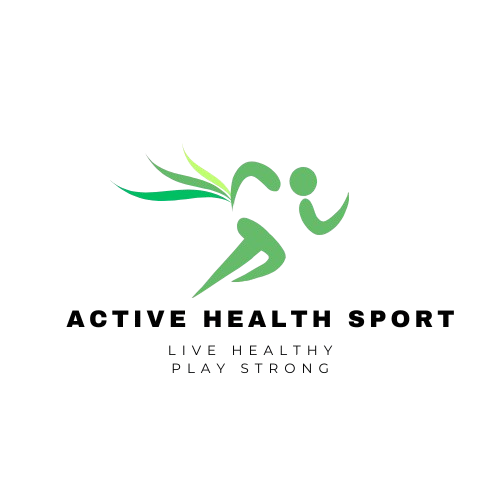The Rise of Sleep Tech
From smartwatches to advanced sleep trackers, athletes today have access to technology that promises to measure and improve sleep. But does strapping on a wearable actually translate into better rest and recovery, or does it just provide numbers that complicate things?
In this blog post, we’ll dive into the science of technology sleep tracking, its benefits and limitations, and real stories of athletes who used wearables to change their sleep and those who became overwhelmed by the data.
Why Athletes Turn to Sleep Tracking
For athletes, sleep is as critical as nutrition and training. But unlike weights lifted or miles run, sleep has traditionally been hard to quantify. Enter wearables:
- Smartwatches (Apple Watch, Garmin, Fitbit)
- Rings (Oura Ring)
- Headbands & sensors (WHOOP, Dreem, Muse)
These tools promise to measure:
- Total sleep duration
- Sleep stages (light, deep, REM)
- Heart rate variability (HRV)
- Resting heart rate
- Movement & restlessness
Athletes use this data to:
- Spot patterns of poor sleep
- Adjust training loads
- Test the impact of recovery strategies (cold baths, nutrition, travel routines)
The Accuracy Question: Can Wearables Really Measure Sleep?
Research shows that wearables are good at tracking sleep duration, but not as precise at distinguishing sleep stages (deep vs. REM).
| Device | Accuracy for Total Sleep | Accuracy for Sleep Stages | Best For |
| Fitbit / Apple Watch | 85–90% | 60–70% | General users tracking habits |
| WHOOP Strap | 90% | 70–75% | Athletes focused on recovery & HRV |
| Oura Ring | 88–92% | 70–75% | Sleep-focused users, discreet wear |
| Polysomnography (Lab Gold Standard) | ~100% | ~100% | Clinical diagnosis |
👉 Bottom line: Wearables are directionally useful, but not perfect. They’re best for identifying trends over time rather than obsessing over nightly data.
Benefits of Sleep Tech for Athletes
1. Awareness and Accountability
Tracking sleep makes athletes more conscious of bedtime routines, caffeine habits, and late-night screen use.
2. Performance Insights
By pairing sleep data with training logs, athletes can see how poor sleep impacts sprint speed, HRV, and recovery.
3. Motivation to Improve
Seeing measurable progress (e.g., more deep sleep after reducing screen time) creates positive reinforcement.
Also Read the Latest: How Sleep Tourism Became 2025’s Leading Wellness Trend
Limitations and Risks of Sleep Tracking
Sleep technology can be empowering, but it’s not without drawbacks. While devices provide useful insights, they also come with risks if athletes become overly dependent or misinterpret the data. Here are the main limitations to be aware of:
1. Data Anxiety (“Orthosomnia”)
One of the most surprising side effects of sleep tracking is orthosomnia, a condition where worrying about sleep actually makes it harder to fall asleep.
- What happens: When an athlete sees a “bad sleep score,” anxiety levels rise. They may start focusing on “needing to sleep well” the next night, which creates stress and delays sleep onset. This paradox means that the very tool meant to improve rest can backfire.
- Example: A runner who sees they only got 45 minutes of deep sleep might toss and turn the next night, trying too hard to “force” deep sleep, leading to even worse rest.
- Takeaway: Athletes should treat sleep data as informational, not judgmental. The goal is to spot long-term trends, not obsess over nightly results.
2. Over-Reliance on Devices
Numbers can be powerful motivators, but they also risk replacing self-awareness. Athletes may begin to trust their wearable more than their own body signals.
- What happens: An athlete might feel energized and ready for training, but if their wearable shows a low “recovery score,” they may skip workouts unnecessarily. Conversely, they might push hard on a “green score” day even if they feel run down.
- Why It Matters: Athletic performance is influenced by more than sleep, nutrition, stress, hydration, and mental health; all play roles. Over-reliance on numbers can cause athletes to ignore their holistic well-being.
- Takeaway: Devices are tools, not dictators. Pair objective data with subjective measures, energy levels, mood, and motivation, to guide performance.
3. Accuracy Gaps
While wearables have improved significantly, they are still estimating sleep stages using movement and heart rate, not directly measuring brain activity (as in clinical sleep studies).
- What Happens: A tracker might report “3 hours of deep sleep” when the actual amount is very different. Athletes may wrongly assume they slept poorly or overestimate recovery.
- Why It Matters: Misinterpreting inaccurate data could lead to unnecessary worry, misplaced training decisions, or even harmful habits like oversleeping.
- Scientific Insight: Polysomnography (the gold standard) measures brain waves, eye movement, and muscle activity, while wearables rely on proxy measures. This makes them directionally accurate for total sleep time, but less reliable for detailed sleep stage breakdowns.
- Takeaway: Athletes should use trackers to monitor patterns over weeks, not as precise diagnostic tools.
4. Privacy and Data Security Concerns
Modern wearables collect sensitive health data, heart rate variability, sleep cycles, and recovery scores. Many devices store this information in cloud systems, raising questions about privacy.
- What Happens: Athletes may unknowingly share sleep and health data with third-party apps or organizations. For elite athletes, this could create concerns about competitive advantage if data is misused.
- Takeaway: Always review privacy settings and understand where your data is stored and who has access.
5. Financial Cost and Accessibility
High-quality devices like WHOOP and Oura come with monthly subscriptions or high upfront costs, which may not be feasible for all athletes.
- What Happens: Athletes might assume they need expensive tech to optimize sleep, overlooking free strategies like improving sleep hygiene.
- Takeaway: Sleep improvement comes from behavior, not gadgets. Technology is helpful, but not essential.
Case Story 1: The Elite Swimmer Who Found Balance
Sophie, a 24-year-old national-level swimmer, used WHOOP to track her recovery. Initially, she obsessed over every metric, feeling anxious if her “recovery score” was low.
With guidance, Sophie learned to use the data for patterns, not perfection. She adjusted her bedtime, improved her nutrition, and within 2 months, both her recovery scores and personal performance improved.
Case Story 2: The Amateur Runner Who Became Too Dependent
Liam, a 36-year-old marathon runner, wore an Oura Ring to optimize sleep. He began canceling workouts if his sleep score was low—even when he felt fine. Over time, this reliance reduced his training consistency.
A sports psychologist helped Liam shift focus from scores to how he actually felt each morning, using data as a guide, not a dictator. His training consistency returned, and his marathon time improved.
Case Story 3: The College Soccer Team Using Group Data
A Division I soccer team integrated WHOOP straps into their program. By tracking team-wide sleep trends, coaches identified that late evening practices were pushing bedtimes later and cutting sleep.
After shifting training schedules and banning late-night gaming sessions, the team reported higher energy levels and fewer minor injuries during the season.
“Have a story or experience to share? We’d love to hear it! Send us an email or drop your thoughts in the comments below to inspire our community.”
Also Read the Latest: How Short Naps Can Charm Your Mood and Reduce Stress?
Practical Strategies: How Athletes Can Use Sleep Tech Wisely
1. Focus on Trends, Not One Night
Don’t panic if one night shows poor deep sleep. Look for patterns over weeks.
2. Combine Data With Self-Awareness
Ask yourself: Do I feel alert and recovered? Numbers should support, not replace intuition.
3. Avoid Obsessing Over Stages
Trust that your body cycles naturally. Focus on improving habits rather than forcing deep or REM sleep.
4. Use Sleep Scores as Motivation, Not Judgment
If a tracker shows low recovery, use it as a reminder to hydrate, eat well, or lighten training, not as an excuse to skip everything.
5. Remember: Behavior Beats Data
Devices provide feedback, but real results come from behavior changes, consistent sleep times, screen reduction, and recovery routines.
When Sleep Tech Is Most Useful
- Travel & Jet Lag: Tracking helps athletes adapt to new time zones.
- Training Camps: Provides coaches with insights into team fatigue.
Injury Recovery: Monitoring sleep during rehab helps gauge recovery.
FAQs: Technology and Sleep Tracking
Are wearables accurate for tracking sleep stages?
Wearables aren’t 100% accurate in measuring stages, but are reliable for total sleep time and long-term trends, making them useful for identifying patterns and improving sleep habits.
Do athletes really need wearables?
Not all athletes need wearables. If you sleep well and feel energized, you may not. But data-driven athletes benefit from identifying recovery gaps and performance insights.
Can wearables improve sleep automatically?
No device improves sleep automatically. Wearables provide helpful feedback, but athletes must apply lifestyle changes, like better bedtime routines or reduced screen time, for real improvements.
Which device is best for athletes?
WHOOP and Oura specialize in recovery insights, while Garmin and Apple Watch offer broader health tracking. The best choice depends on your training style and recovery needs.
Can sleep tracking harm sleep?
Yes. Over-focusing on sleep scores may create anxiety, known as orthosomnia, which makes falling asleep harder. Balance tracking with mindfulness for healthier sleep outcomes.
You might also like the following…
- Why a Digital Detox Before Bed Can Fix Your Sleep Faster
 The Modern Sleep Thief Hiding in Your Hand In a world where we check our phones hundreds of times a day, it’s no surprise our sleep has taken a hit.Most people scroll through… Read more: Why a Digital Detox Before Bed Can Fix Your Sleep Faster
The Modern Sleep Thief Hiding in Your Hand In a world where we check our phones hundreds of times a day, it’s no surprise our sleep has taken a hit.Most people scroll through… Read more: Why a Digital Detox Before Bed Can Fix Your Sleep Faster - How to Align Your Circadian Rhythm for All-Day Energy Gains
 Why You Feel Tired Even After Sleeping Enough Have you ever slept for eight hours and still felt groggy the next morning?The issue might not be how long you sleep, but when you… Read more: How to Align Your Circadian Rhythm for All-Day Energy Gains
Why You Feel Tired Even After Sleeping Enough Have you ever slept for eight hours and still felt groggy the next morning?The issue might not be how long you sleep, but when you… Read more: How to Align Your Circadian Rhythm for All-Day Energy Gains - Electrolytes vs. Water: What Active Adults Must Know
 Beyond Water, The Hidden Key to True Hydration Most adults know the rule, “Drink more water.”But few realize that hydration isn’t just about fluid intake. It’s about electrolyte balance, the invisible electrical system… Read more: Electrolytes vs. Water: What Active Adults Must Know
Beyond Water, The Hidden Key to True Hydration Most adults know the rule, “Drink more water.”But few realize that hydration isn’t just about fluid intake. It’s about electrolyte balance, the invisible electrical system… Read more: Electrolytes vs. Water: What Active Adults Must Know

Kait Amazra is the founder and lead writer of Active Health Sport. With over 25 years of experience in health, fitness, and wellness education, Kait combines professional expertise with a passion for helping people live stronger, healthier, and more balanced lives.
As a licensed health and fitness professional, Kait has worked alongside industry experts to deliver evidence-based insights on physical activity, nutrition, recovery, and holistic well-being. Through Active Health Sport, Kait’s mission is to make trusted, practical, and science-backed health information accessible to everyone, from beginners building new habits to athletes seeking peak performance.
